The Land Power Forum blog is published by the Australian Army Research Centre in order to generate discussion and debate about the future of Army.
It is a forum for informed analysis, commentary, thoughts and ideas. Contributions are welcomed from stakeholders, subject matter experts and those interested in future land warfare.
| Articles | ||
|---|---|---|
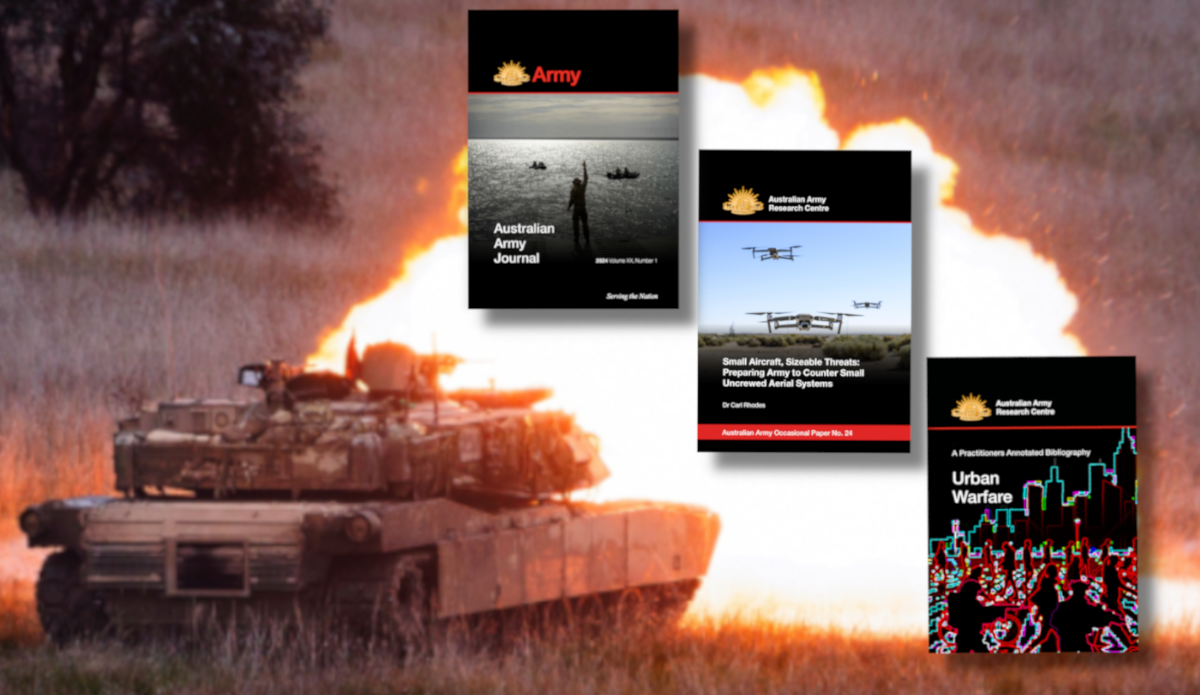
|
The Land Power Library – An Introduction
Content ReleaseBook reviewCognitive edgeLand Power Library |
We are introducing a Land Power Forum series entitled the Land Power Library, published on a fortnightly continuing basis. We invite Defence members, public servants and academics, and others with an interest in Army capability to provide book reviews to include in the series. |

|
Seminar on ‘Information as magic weapons: threats and opportunities’
Content ReleaseEmerging Threats and OpportunitiesMajor power competition |
In a talk hosted by 2(AS) Division and streamed by The Cove on Tuesday 24 September, Professor Anne-Marie Brady will discuss implications for the Australian Army of the PRC’s use of ‘magic weapons’. This is a term used by China's President Xi Jinping to describe the threats and politically influence activities used by the CCP to give effect to its global political objectives. |

|
Seminar on ‘The Defence Strategic Review, National Defence Strategy'
Landpower lessonsStrategic AnalysisCognitive edge |
In a talk hosted by 2(AS) Division and streamed by The Cove on Tuesday 27 August, Professor Peter Dean will discuss implications for the Australian Army from the DSR, NDS and IIP. In doing so this discussion will support our understanding of Army’s role in defence of the nation, a role with significant importance for 2(AS) Division, the Army and the ADF as a whole. |

|
The Rapid Advance of Uncrewed Aerial System Technology and Operating Concepts in the Russia-Ukraine Conflict
Accelerated WarfareEmerging TechnologiesContent Release |
In his newly released Occasional Paper, Cr Carl Rhodes considers lessons learned from the use of uncrewed aerial systems (UAS) in the Russia-Ukraine conflict. Recognising that the military utility of UAS has rapidly emerged over the last decade, he analyses why the Australian Army and ADF more broadly need to immediately equip and prepare to face this threat across the spectrum of conflict. |

|
Occasional Paper 23 release - From The Sea
Content ReleaseEmerging TechnologiesAccelerated Warfare |
Author Richard Bushby compares WW2 Allied amphibious operations in the European and Mediterranean theatres with those conducted in the central Pacific theatre. The article further examines the relationship between amphibious techniques and broader concepts of strategy and operational art. |
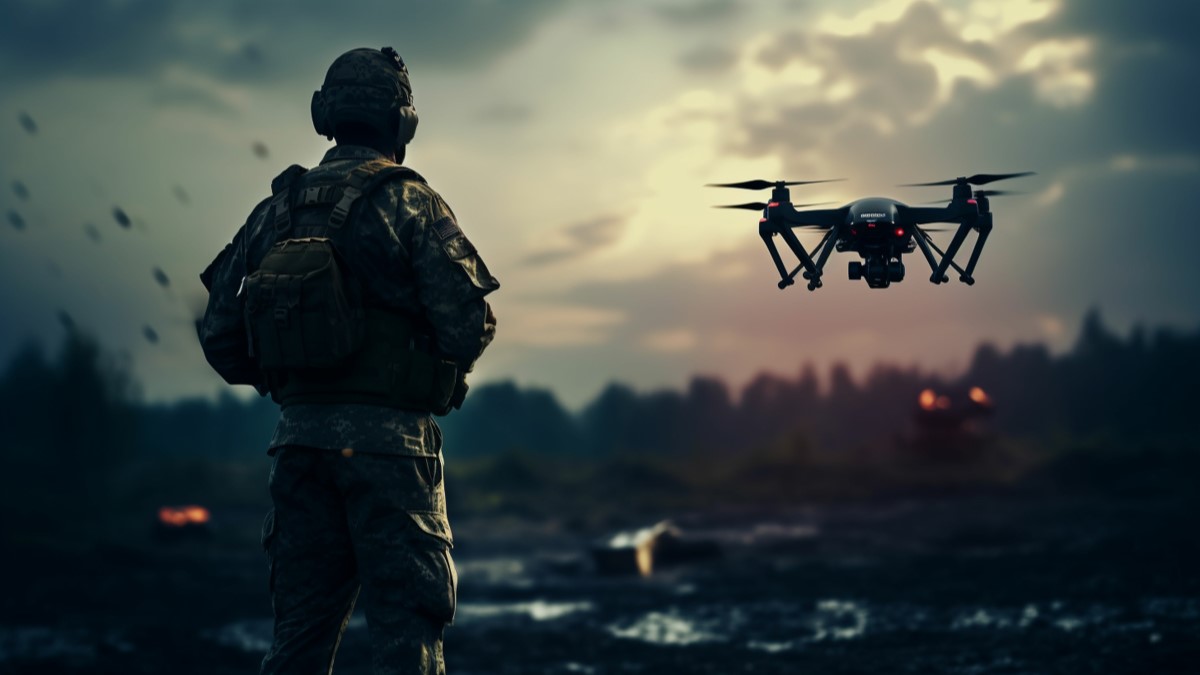
|
How are Drones Changing Modern Warfare?
Irregular WarfareMajor power competitionEmerging Threats and Opportunities |
This Land Power Forum post by Oleksandra Molloy is part of a larger project - the first evidence-based research on the lessons learnt from the use of drones in the war in Ukraine – drawing on both Ukrainian and Australian expertise. The post summarises highlights from the research – lessons from the use of drones in the Russia-Ukraine War. |
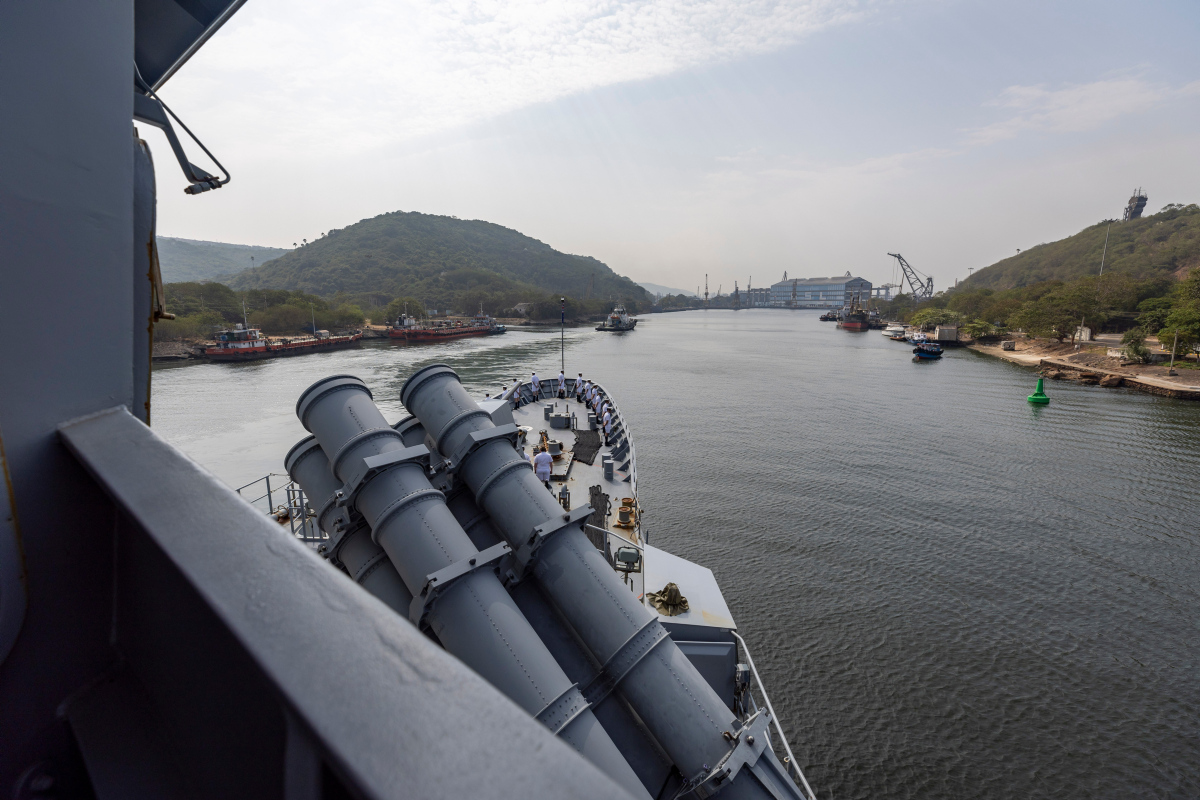
|
Small but Mighty
Our RegionProximity and PartnershipsStrategic Analysis |
Opportunities to enhance collaboration between Australia and India exist in the realm of defence trade and technology transfer. Pradeep Mehta and Anil Wadhwa of the Consumer Unity and Trust Society explain why. |

|
Seminar on Information Warfare
Cognitive edgeEmerging Threats and OpportunitiesHybrid Warfare |
As part of 2 Div's fortnightly PME series, Jeremy Barraclough will deliver a presentation, livestreamed on The Cove on 30 July, addressing the topic of information warfare. Drawing on lessons from recent conflict, he will reflect on their relevance to the Australian Army. |
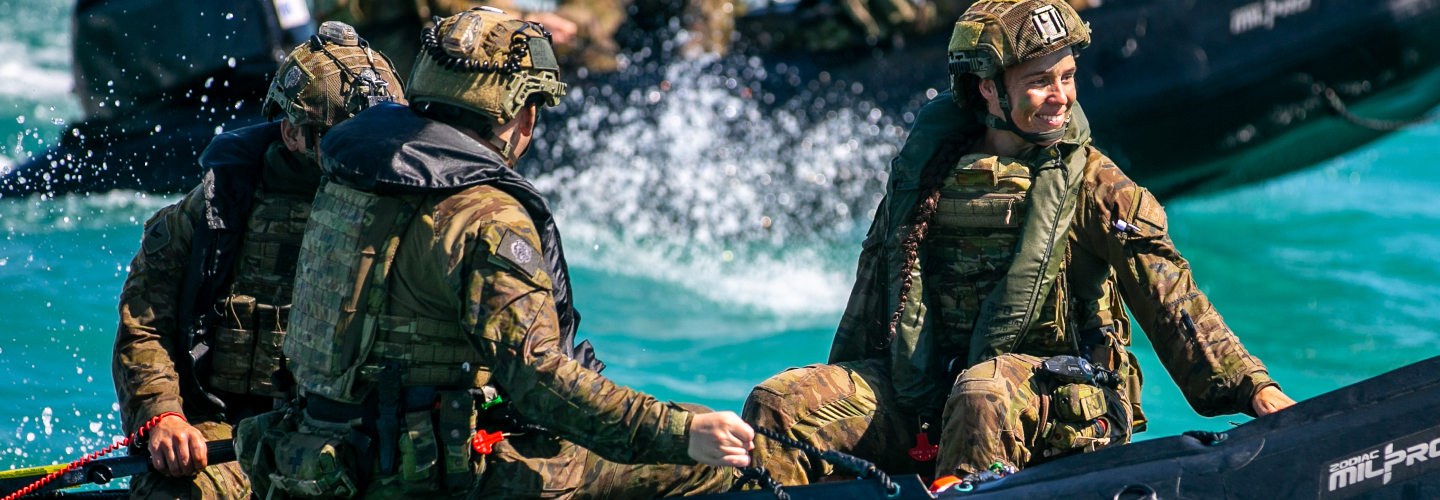
|
Medics in the Mangroves
Littoral WarfareShort Thoughts 2024 |
The 1st Place winner of the Short Thoughts Comp, this article attempts to highlight and tackle some of the medical complications that come with littoral warfare. |
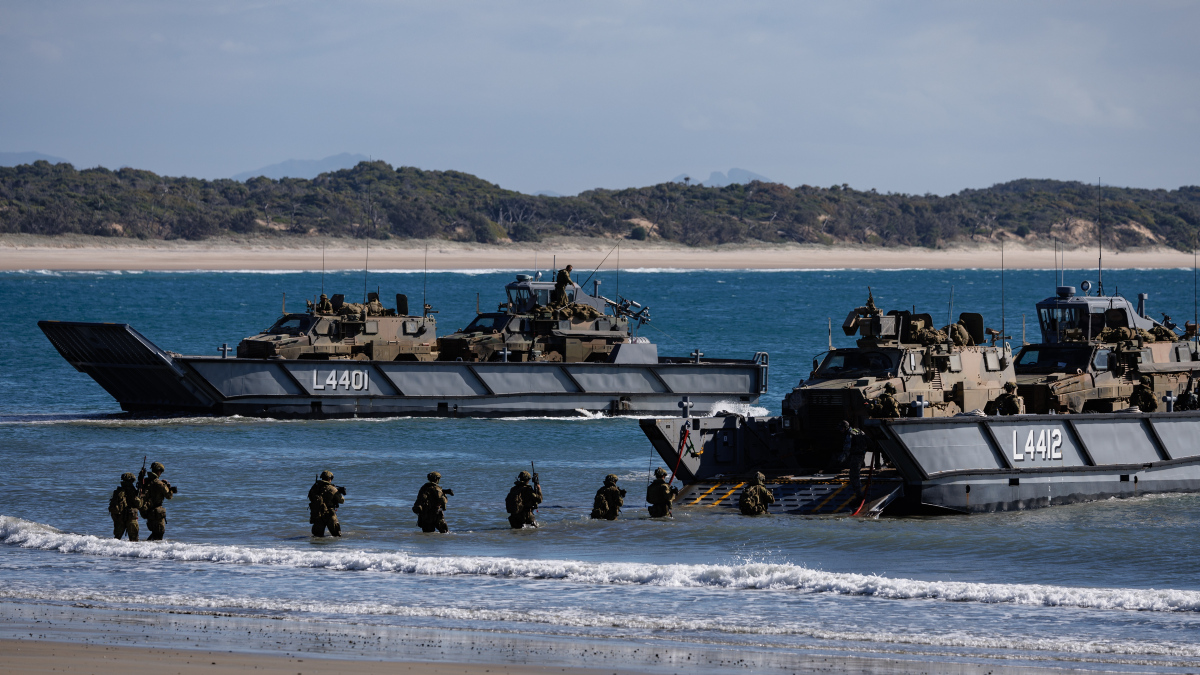
|
Army Adapting its views on Combined Arms to Contribute to Littoral Operations
Littoral WarfareShort Thoughts 2024 |
2nd Place in the Short Thoughts Comp, this article suggests how Army will need to modify the education of junior officers for joint operations in the littoral environment if it wishes to adapt itself to littoral warfare. |
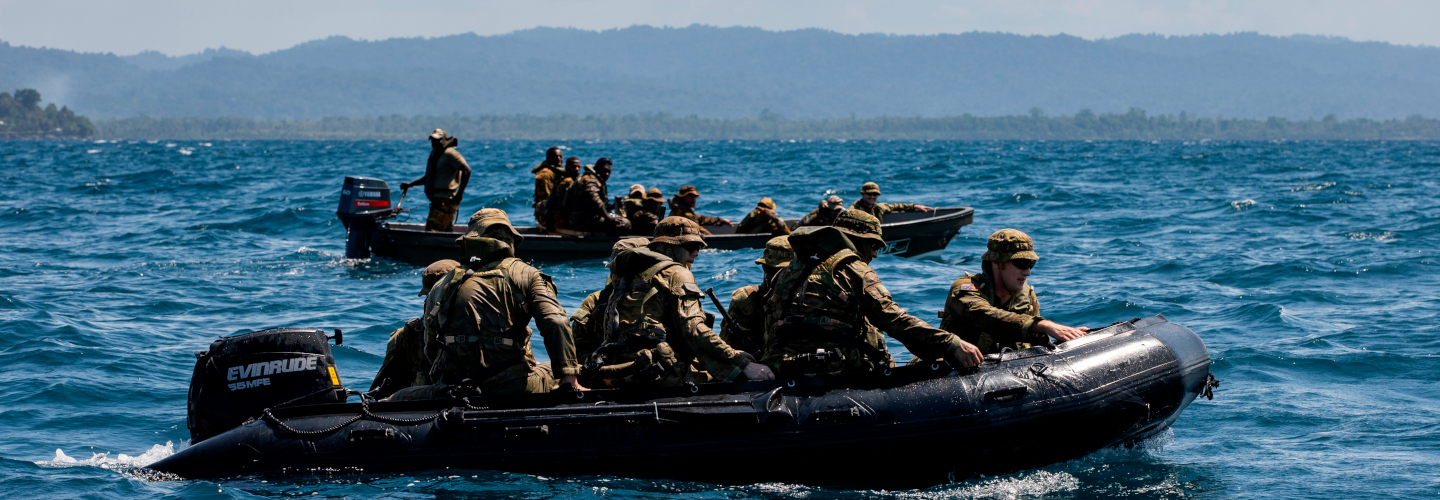
|
Strategic Cooperation as Army Littoral Strategy
Littoral WarfareShort Thoughts 2024 |
Our 3rd Place winner in Short Thoughts Comp, this article argues that one way Army can adapt to littoral warfare is through partnership and cooperation with neighbours to our near north, especially Papua New Guinea. |

|
Bridging the Gap
Littoral WarfareShort Thoughts 2024 |
This article, focusing on how to utilise and advance the Australian infantry platoon to improve Army's littoral capabilities, is the SO1's Choice of Short Thoughts Competition. |
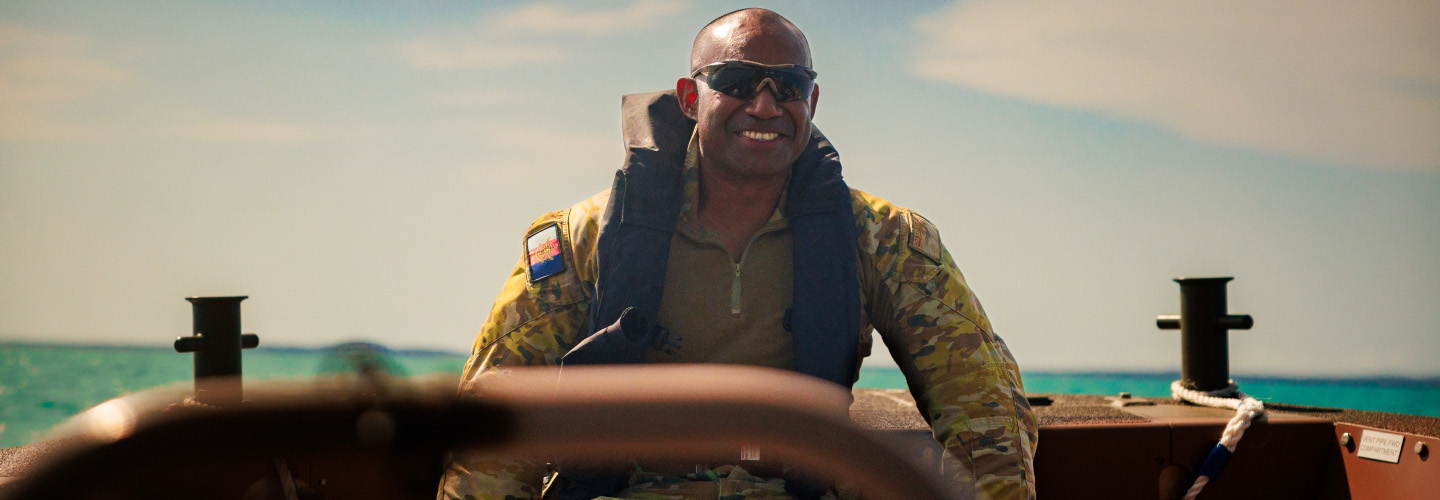
|
Investing in the North
Littoral WarfareShort Thoughts 2024 |
This article was the People's Choice of Short Thoughts Competition, and argues for increasing investment in the Regional Force Surveillance Group to improve Army's littoral capabilities and help the pivot to our near north. |

|
Seminar on ‘Reflections on Defence of One’s Homeland’
Cognitive edgeLandpower lessonsMajor power competition |
In a talk hosted by 2(AS) Division and streamed by The Cove on Tuesday 25 June, Dr Levi West will consider lessons emerging from the current conflict between Hamas and Israel in the Middle East. His focus will be on the dynamics of fighting for, and from, one's Homeland and its relevance to Australia's strategic circumstances. |
![Oil tanker on calm waters in the distance with the sunset in the top two thirds of the image. Source: [10:55 pm] Matthew Struthers JACOBS (Guest) Pixabay user: Lingualpirat-Glenn (https://pixabay.com/users/lingualpirat-glenn-9811466)](/sites/default/files/sea-5475892_1280.jpg)
|
Helpful Lessons from an Unhelpful Source
Landpower lessonsEmerging Threats and Opportunities |
Acknowledging that the operating environment in the Indo-Pacific is different, Brendan Kelleher explores how the Red Sea Crisis provides a unique opportunity for the Army to infer valuable lessons for its future land based maritime strike capability. |

|
Book Review - Clearing the Way
Book reviewCognitive edgeLandpower lessons |
In this book review, Nick Bosio reflects on the importance of military history to any professional effort to master operational and strategic art. While focussed on US military engineering, Bosio observes that 'Clearing the Way: US Army Engineers in World War II' touches on three factors that any military professional needs to understand: the heritage of war-fighting skills and techniques; how different parts of the profession integrate to support the force as a whole; and what lessons can be learned from history to inform the resolution of contemporary military issues. |
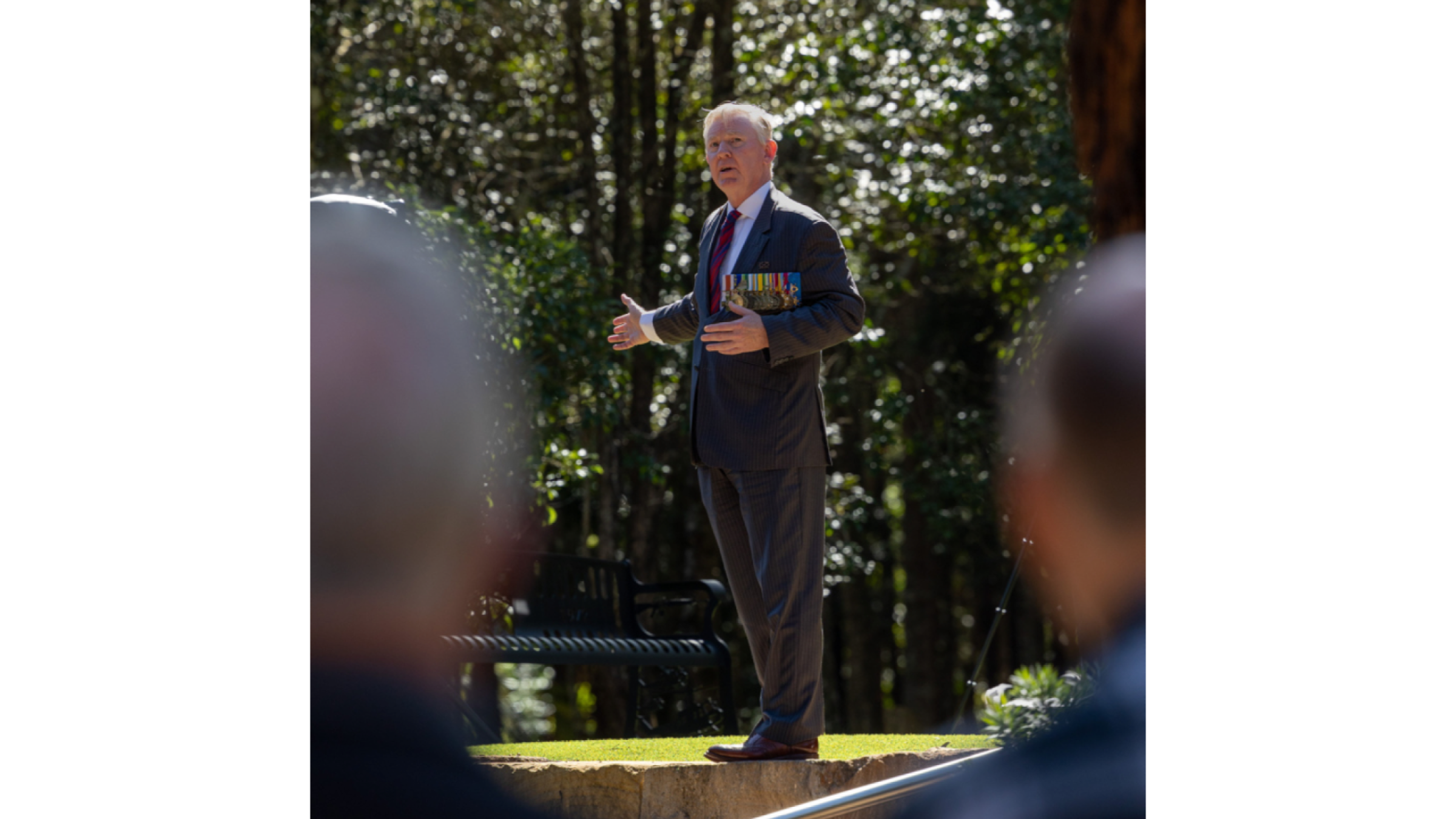
|
Seminar on ‘Thoughts on Generalship’
LeadershipCognitive edgeStrategy |
In a talk hosted by 2(AS) Division and streamed by The Cove on Tuesday 28 May, Major General Stephen Day, DSC, AM will speak on the topic of Generalship and how bold staffs can support their leaders to understand the nature of conflict. The presentation will foster greater awareness of the role of military staffs in a warfighting headquarters and lay the foundation for understanding how Generals win and succeed. |
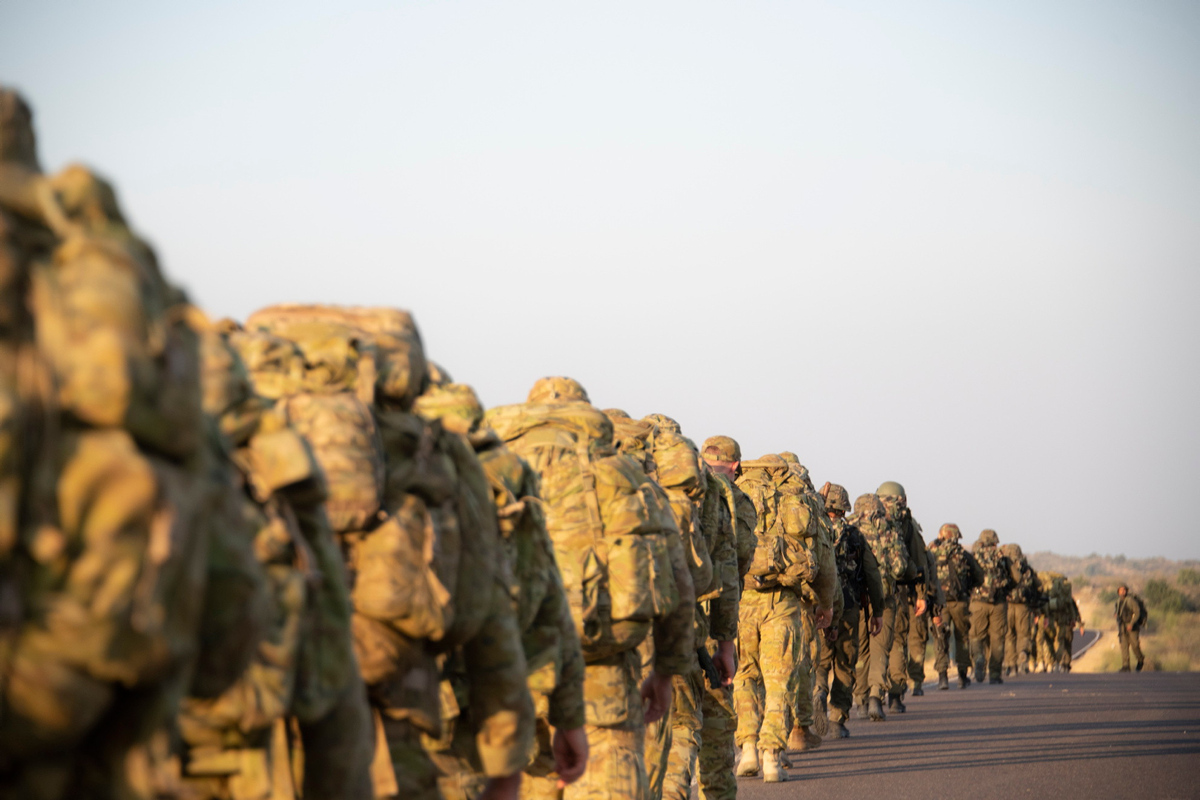
|
Seminar on ‘Accelerated Preparedness - Scalability Insights for Defence’
StrategyForce DesignAccelerated Warfare |
In response to the release of the National Defence Strategy (NDS), a seminar was hosted by 2(AS) Division on the topic of accelerated preparedness, titled Scalability Insights for Defence. |
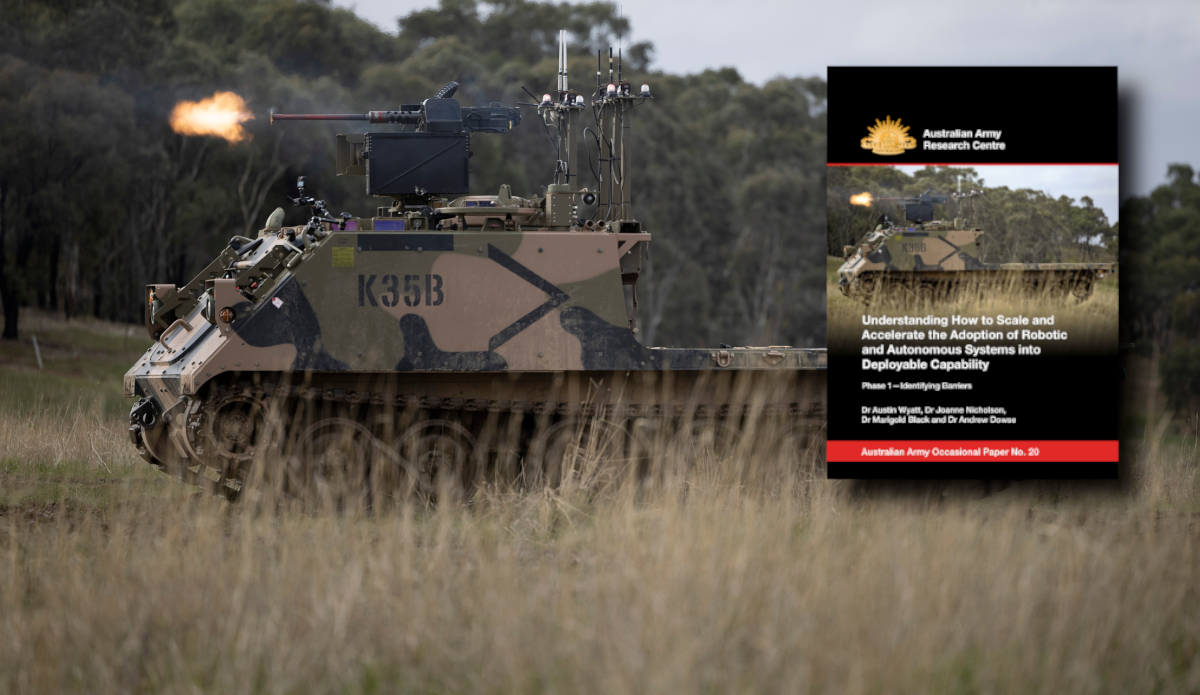
|
Occasional Paper 20 release - Understanding how to scale and accelerate the adoption of RAS
Robotics & Autonomous SystemsContent Release |
While militaries publicly declared an interest in robotic and autonomous systems (RAS), no documented wide-scale deployments of weapon systems exist. This paper co-branded with RAND identifies a promising range of RAS technologies with military implications and evaluates the potential barriers to their widespread adoption. |
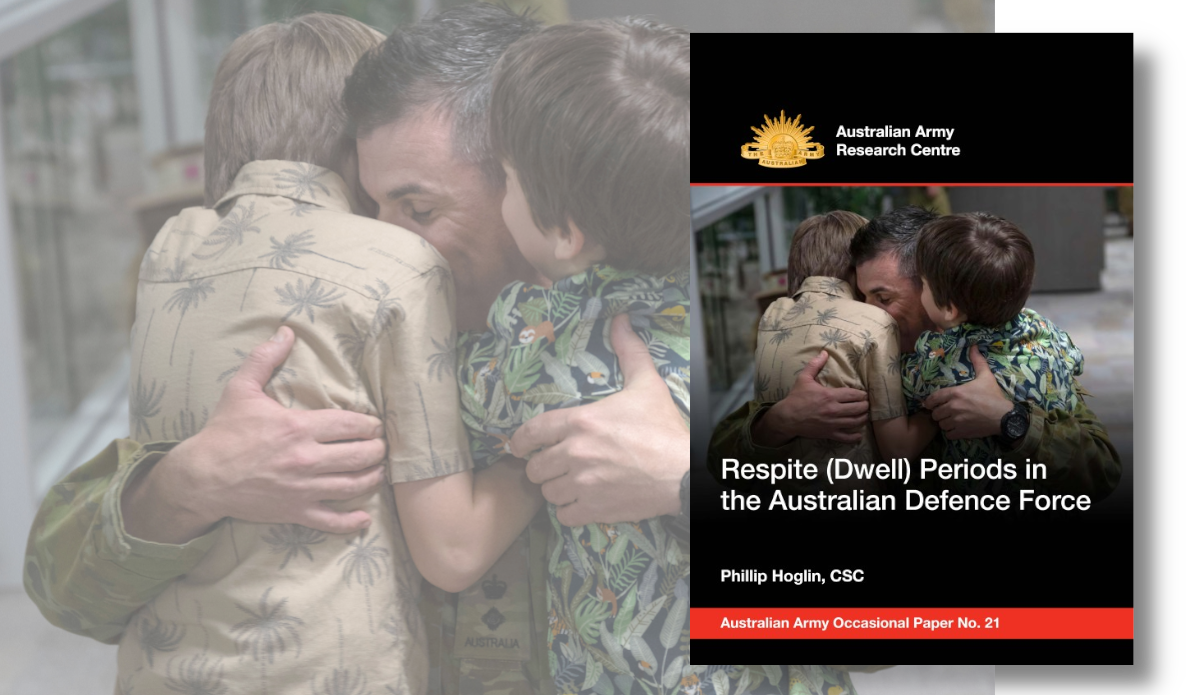
|
Occasional Paper 21 release - Respite Periods in the ADF
People, Culture and EthicsContent Release |
Reflecting on recently introduced ADF-wide policy on respite, author Phillip Hoglin identifies areas for further improvement. He outlines factors that contribute to enduring challenges to the achievement of consistent respite policy, with reference to both Australian and overseas experience. Hoglin identifies a spectrum of applied and academic approaches to address these issues and, based on his analysis, provides several workable options for consideration by the ADF. |
Pagination
The Australian Army Research Centre welcomes contributions to foster debate.


